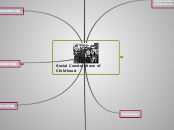realizată de Sasha Allen 6 ani în urmă
369
Philosophical Foundations of Education and Curriculum Design Planning
Education systems worldwide approach curriculum design differently, reflecting diverse philosophies and priorities. Learner-centered designs emphasize personalized learning experiences, such as Finland'









